Yesterday wasn’t promising for nature observation. It was a gray, windy day as I made my usual stroll along the local greenbelt path. At first glance, no creatures were visible. Nor was I in wildlife-watching mode; my head swirled with tasks on my to-do list and various work issues. Not promising at all.
Then I heard a loud chipping sound. California quail. Quail are ubiquitous near my southern Idaho home. Their common call – often described as sounding like “putt way do” – can be heard most mornings and evenings. But this was different. The loud chip-chip-chipping indicated the quail were agitated.
I looked down the trail into bushes. I could make out quail jumping around, and others running. What was scaring them? I scanned the ground and trees for the source of their terror. There: a Cooper’s hawk. Within a minute, the raptor dove towards the earth, but missed.
A Cooper’s hawk is a pretty common greenbelt sighting, but still a welcome diversion from self-absorbed thoughts. On other occasions, the alarm calls of quail have led me to sightings of red fox, coyote, bobcat, raccoon and great-horned owl.
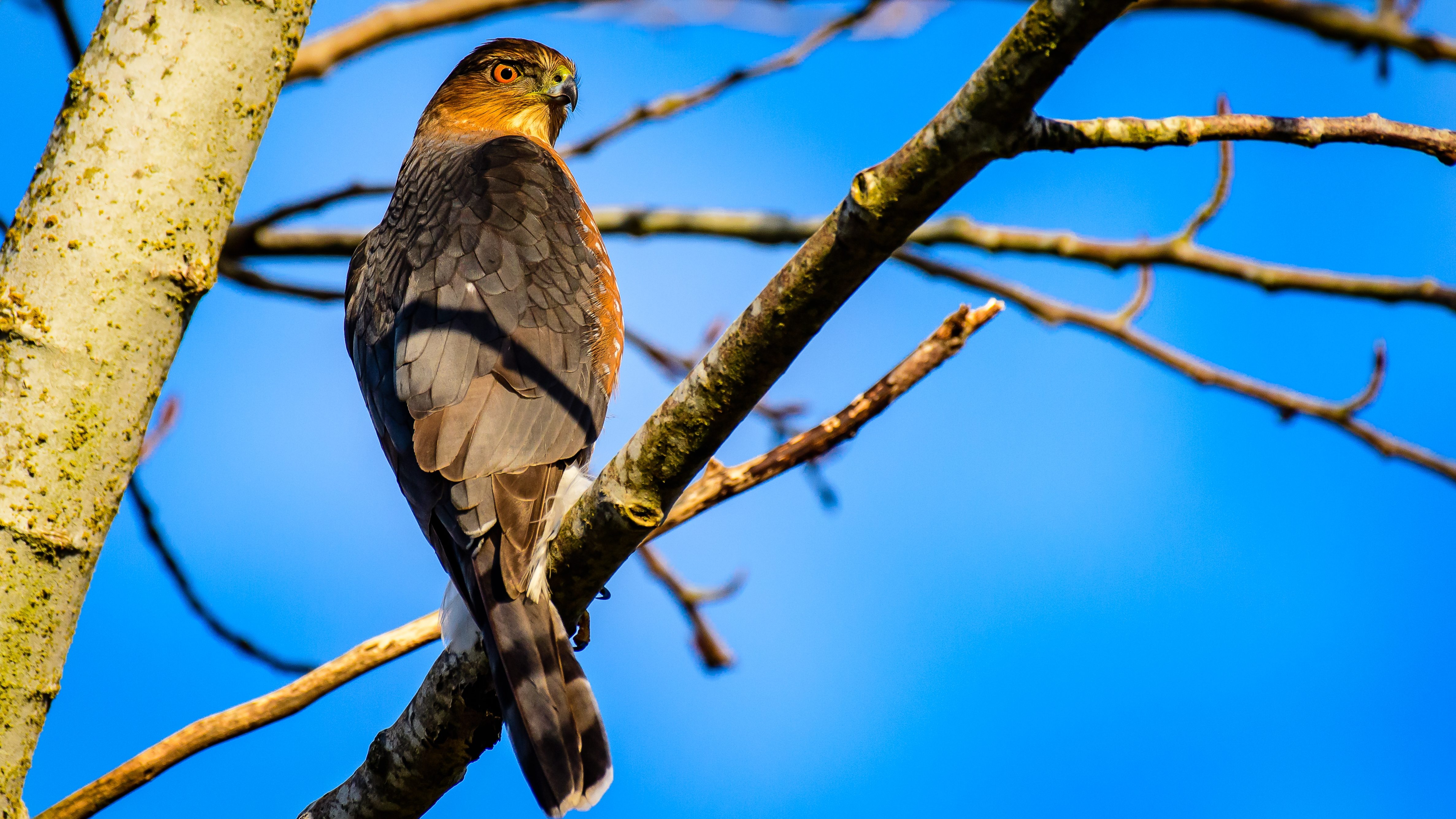
Observing a predator stalking, killing and eating prey is always memorable. Many people believe this is something they’ll only see on nature documentaries. But you don’t need to embark on a safari to see the drama of predators and prey. You can witness predators in action in your backyard, at a city park or at a local Nature Conservancy preserve.
Even many avid hikers plod right by great wildlife sightings. Predators – especially mammalian predators – are indeed elusive. Many nature lovers believe you need expert field skills and perhaps specialized tactics like tracking or camera trapping.
But there’s an easier way. You need to pay attention to prey species. Prey animals are typically abundant and much more visible. Pay attention to what predators eat and you’ll find predators in action.
In my ongoing blogs helping you observe the natural world, today we’ll look at easy tips to enjoy the drama of predator and prey.

Abundance
Tranquility of nature? Not here. Not this evening.
I was at The Nature Conservancy’s Silver Creek Preserve in southcentral Idaho, and the hiking path was littered with body parts and blood. Seriously. The cause? Voles – small rodents also referred to as “field mice” – periodically have population explosions called irruptions. During these times, unbelievable numbers of voles scurry through the grasses of southern Idaho.
For area farmers, this is a big problem. For predators, it’s a buffet.
On this particular evening, I saw voles running across the trail and could hear them chewing grass nearby. What I noticed most was predators in action. Raptors lined the trees. I saw a coyote jumping in the field, then tipping back its head to gulp down a meal. A fat rattlesnake sat coiled near a cabin. Splashes from the creek indicated even trout were in on the action.
Predators don’t want to work hard to procure calories. This is a simple concept: If there’s lots of prey, there will be predators. However, television teaches us that massive prey concentrations exist in the realm of far-away wildernesses: Serengeti wildebeest, Alaskan salmon.
If you want to see more wildlife, it comes down to this: be curious and pay attention.
If you pay attention, and try to see your local nature reserve with fresh eyes, you will probably notice abundant prey. It may not be on the scale of a million wildebeests, but even a pond with abundant frogs will draw lots of hungry predators like great blue herons, mink, otters and largemouth bass.
Some species are prone to population explosions, like the voles at Silver Creek. This year, a local wildlife management area had a huge number of grasshoppers. Normally wary coyotes were surprisingly easy to see at close range as they feasted on the abundant insects. Their scat, littering the trails, consisted almost entirely of grasshopper exoskeletons and legs.

Birds of a Feather
Birds are often the easiest to find vertebrates (in part why birding is such a popular hobby). Two of easiest places to find birds at this time of year in the Northern Hemisphere – the duck pond and your birdfeeder – are also great places to see predators in action.
Migratory waterfowl often congregate in any open water during the winter. Birders will quickly check the local city pond or wetland for any unusual species, then move on. I suggest you linger a bit longer. Watch closely. The interactions of ducks are entertaining in their own right. But stay long enough and you might see predators.
I once walked along a lake in Kansas, mostly frozen over but with a few pools of open water. Canada geese and various ducks swam in this water and rested on the icy ledge. Suddenly a coyote trotted across the ice. It didn’t try to conceal itself; instead, it headed straight for the waterfowl.
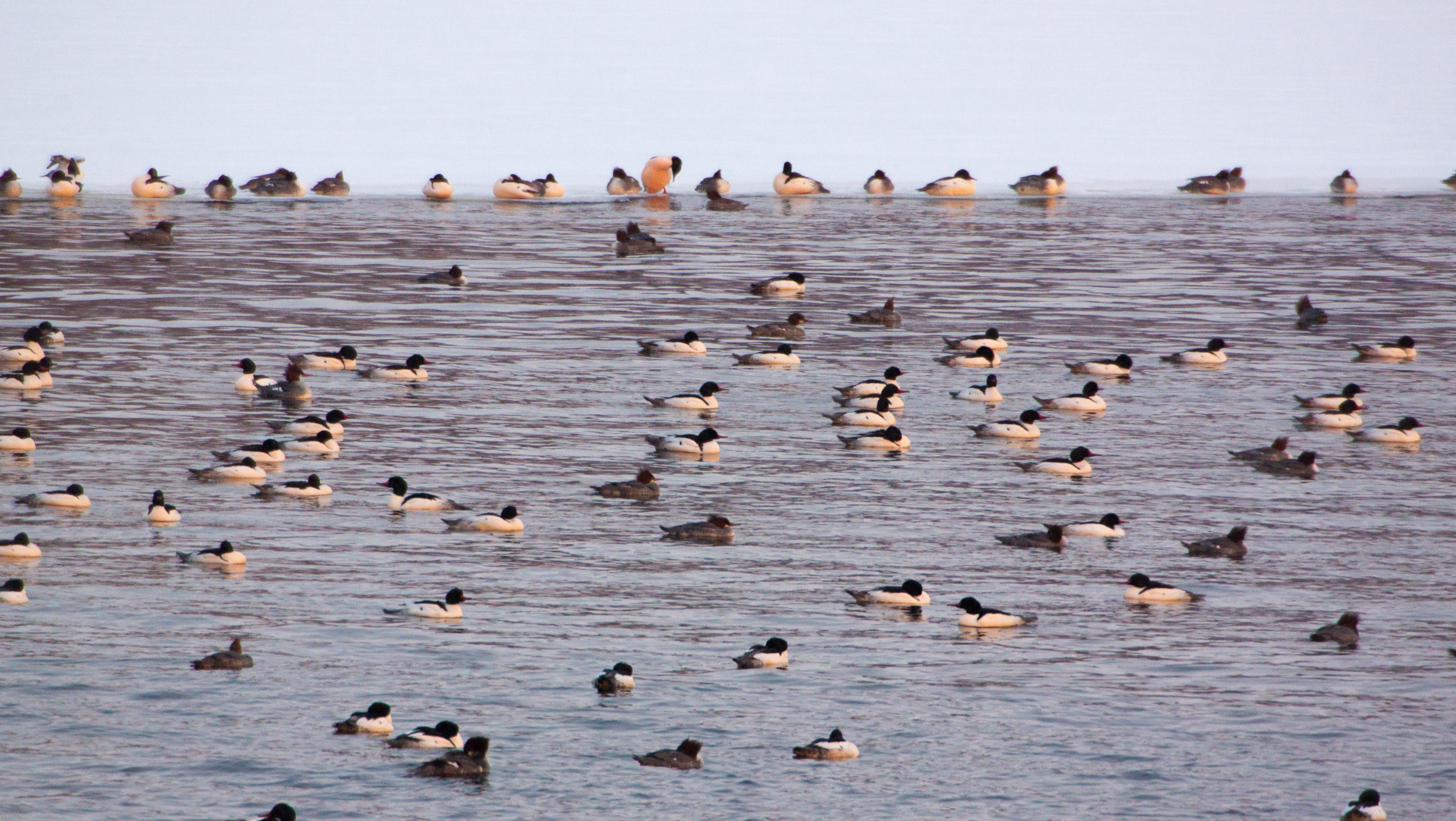
The ducks and geese became quite vocal. There was no surprise. But it soon became apparent what the coyote was doing. Testing. It would make a charge forward and look for any wounded birds.
I’ve seen similar behavior with bald eagles. They’ll dive down on a flock of ducks, but not attempt to attack. They’re looking for injured birds that can’t fly. Stake out the local duck pond and you may see similar hunting behavior.
Bird feeders have also become great places to see birds of prey in action. While this is disturbing to some backyard birders, I see it as the chance to see the complexities of the natural world. It’s well-documented that raptor species like Cooper’s and sharp-shinned hawks have become more common in urban areas. I find their hunts to be absolutely spectacular. It’s a natural spectacle you can see in your neighborhood.
The first step is to find a flock of birds. Then it helps if you can pick up on audio and visual cues.
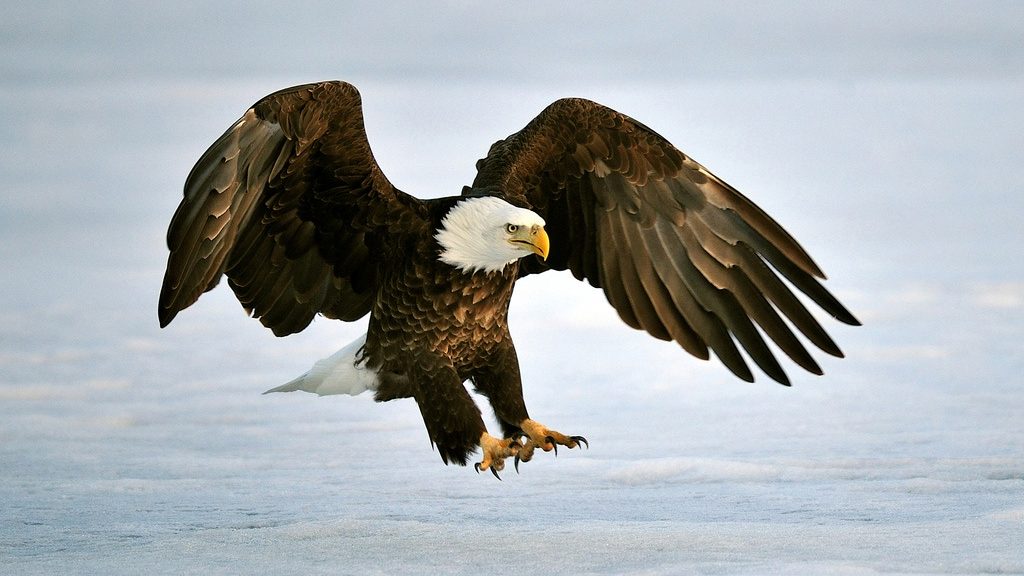
Sound the Alarm
As a kid, I spent countless hours roaming the woodlands of Pennsylvania. One afternoon, seemingly every gray squirrel in the forest was out foraging acorns. Suddenly, as if someone had thrown a switch, every single squirrel took to the trees, making a terrible racket as they called.
What had I done to disturb them? I had been sitting quietly and several fed just a few feet from me. It turns out, it wasn’t me. A gray fox came stalking by. It focused on the squirrels, not me. It remains my closest and clearest sighting of this elusive woodland predator.
When a prey animal sees a predator, it must escape. Escape is easier if there’s advance warning, so alarm calls are cooperative behavior that enables better survival. I have found that many of my best predator sightings have been “announced” to me in advance, simply by paying attention to alarm calls.
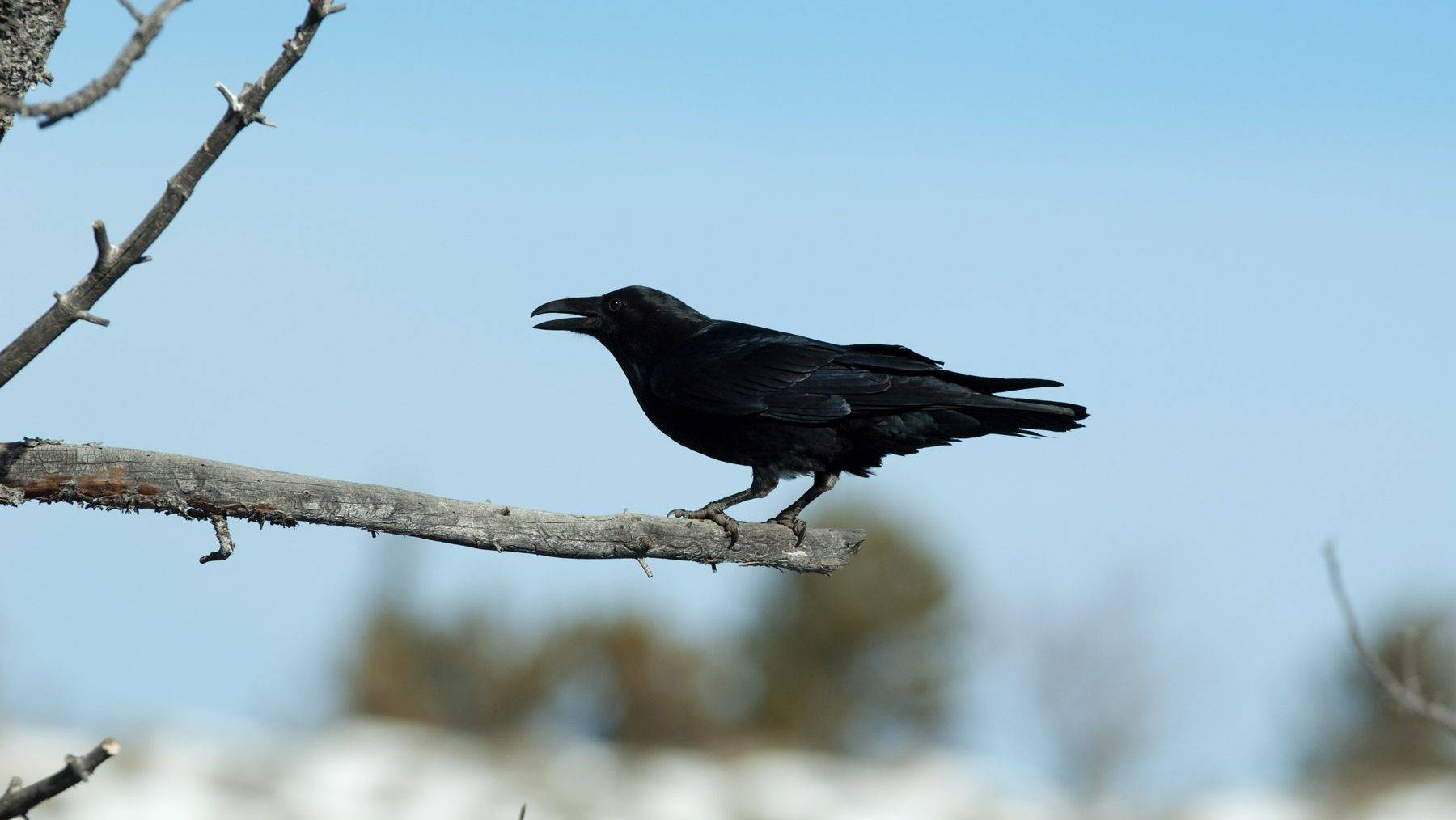
The alarm calls of some species are difficult to miss. Like crows. A massive flocks of agitated crows can be ear splitting. This often means a great-horned owl or red-tailed hawk is in the vicinity. But it might mean a nest predator like a racoon. Or it may just be a free-roaming cat.
Many songbirds will call loudly and even mob predators. This may seem counterintuitive. Wouldn’t getting closer to a hawk make a chickadee an easy meal to grab? Actually, no. Alert prey is always difficult prey. And predators don’t like difficult. See my previous blog for more detailed information on why little birds mob big birds.
Even seemingly “quiet” animals can give loud alarm calls. Woodchucks and marmots give a distinct, sharp whistle. Deer snort. Sometimes these alarm calls are because of you. But it pays to be alert. As I hike desert canyons, a bunch of whistling marmots often means a golden eagle is hunting. Chipping ground squirrels could mean anything from a rattlesnake to a prairie falcon to a badger.
Alarmed animal calls often sound, well, alarming. They are loud, shrill and often unpleasant. If you detect a sudden change – the ducks start quacking like crazy, squirrels are chattering – always stop and look.
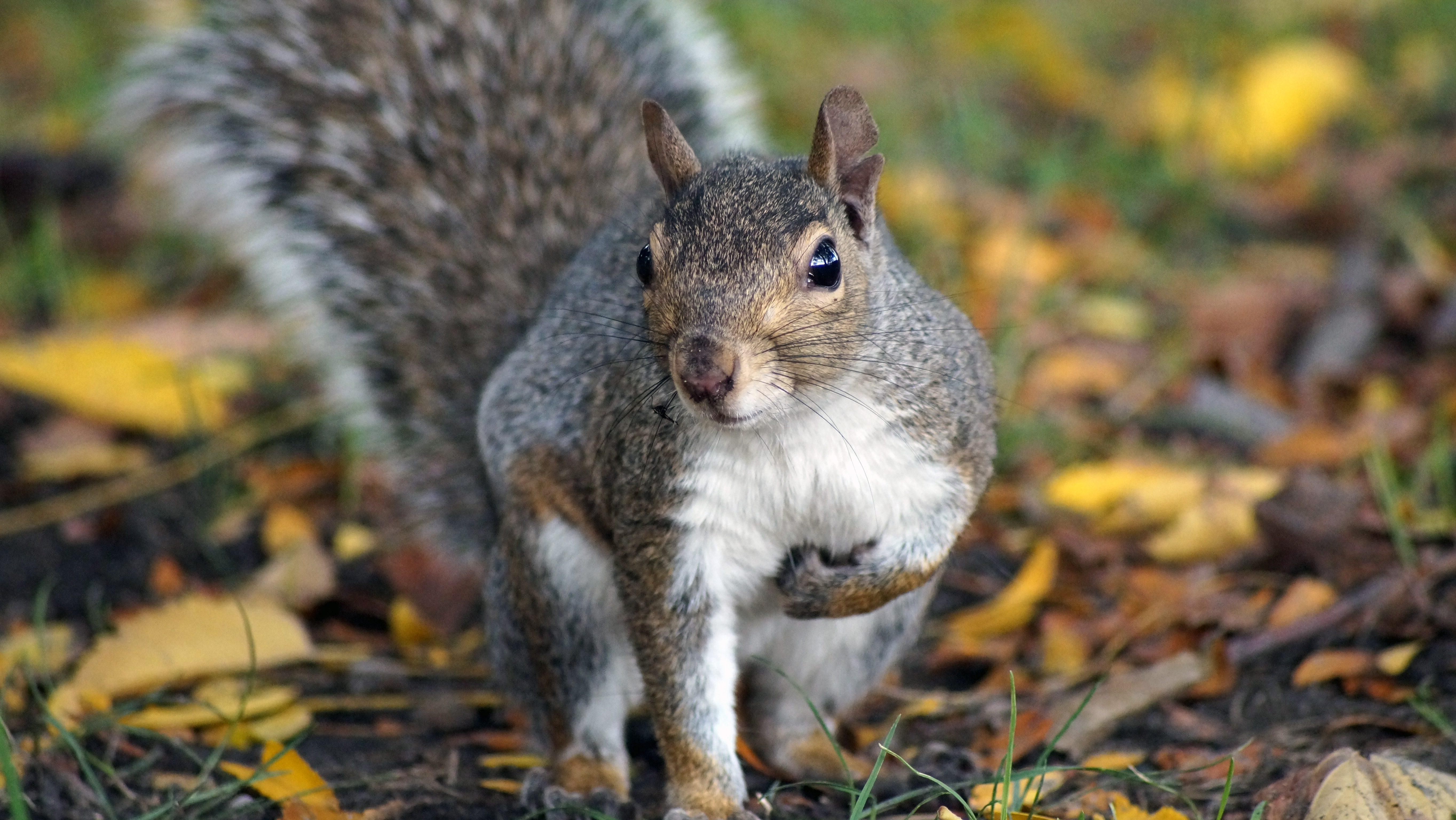
Body Language
You can also often detect the presence of predators from an animal’s body language. Let’s take an easy example: I spend a lot of time observing mule deer. Deer are fairly easy animals to read. When they’re lying down or feeding on bitterbrush, their bodies look relaxed.
Other times, their ears are up, they’re standing rigidly (ready to bound), all senses focused. Maybe you’ve scared them. Or maybe they’re looking in the opposite direction. It could be a predator on the hunt.
Predators don’t hunt all the time. A deer (or other prey animal) is also reading the predator’s body language. If you have watched nature documentaries, you will note that zebras are often grazing right by resting lions. There’s no reason to run, as the lions aren’t hunting.
I’ve similarly seen coyotes trotting by deer. The deer are standing, alert, but give no indication of fleeing. It’s a situation that bears monitoring but there’s no need to waste precious energy to get away.
Contrast that to a deer I saw earlier this fall. Seconds earlier it had been walking slowly along the riverbank. Suddenly, its hair stood on end, its nose flared, its eyes widened, giving it a panicked expression. I knew something was happening.
Just then the deer made a leap, suddenly a coyote charged and the deer made several “pronking” leaps. As the coyote caught up the deer made a plunge into the river, swimming against the swift current in terror. The coyote didn’t follow but did pace back and forth along the riverbank. The deer made it to the other side and the coyote went back on the prowl. A fantastic interaction.
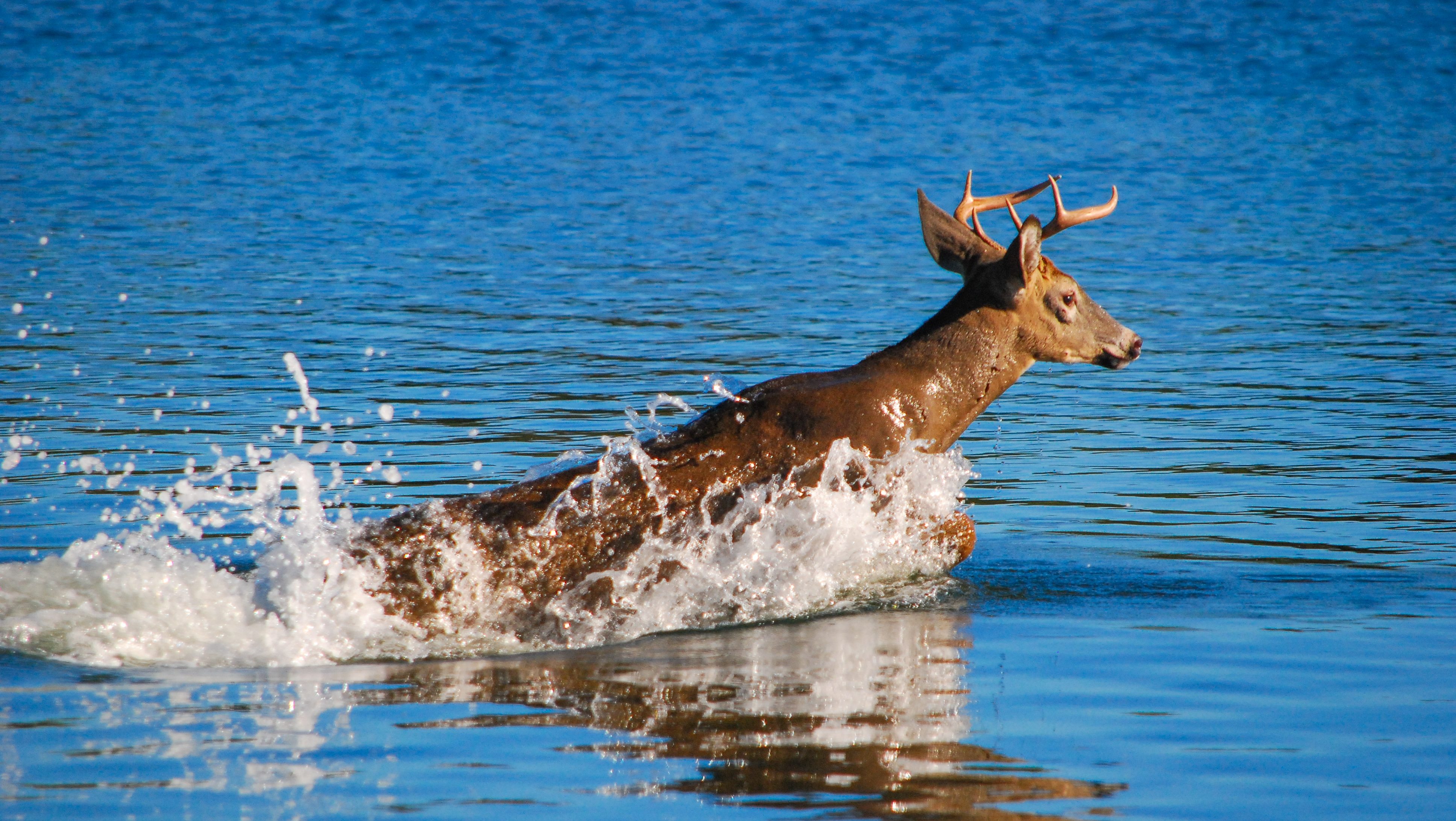
Sometimes, even the absence of prey can be a cue. There’s a little valley in Idaho’s rugged Owyhee Canyonlands where I almost always see 20 or more mule deer, feeding on sagebrush and mountain mahogany. Last fall, I visited there and the valley was eerily still. Not a creature was stirring. I did not see a deer. Weird.
I kept looking. There. Movement. A large mammal. The deer were here, after all. But something looked…off. A long tail? Not a deer. Then the animal stepped into the open. A mountain lion. It bounded away but I got a clear look at this spectacular animal. One of my all-time favorite North American mammal sightings.
It can be difficult to be present. Believe me, I know. We go out in nature to clear our heads, but often the noise remains. When I see the dance of predator and prey, I’m immediately brought into the present. I’m watching a struggle honed by millions of years of evolution. I’m reminded that our world is still wild and complex. And let’s face it, seeing an osprey snag a fish or a badger shake a ground squirrel is, on a visceral level, just plain cool.
Stop and look. The predators are out there. Pay attention and you’ll have experiences better than any nature documentary.
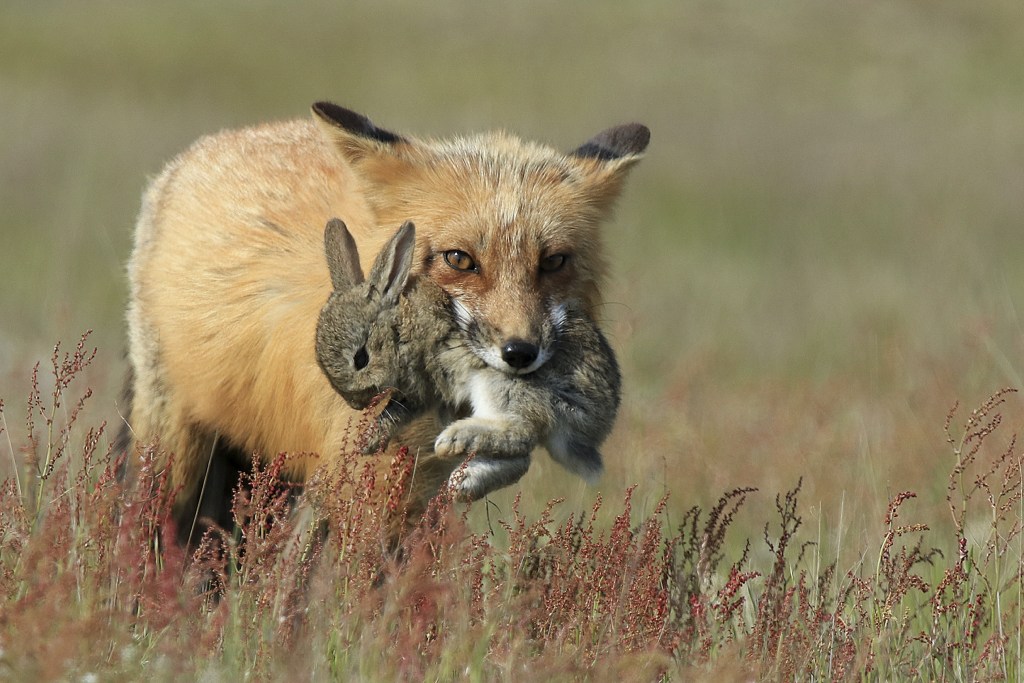



In my town we have had a large influx of mule deer for the past few years. We also have one or two mountain lion which come through town on their territorial wanderings. We (or most of us, anyway) have learned that if there was a ton of deer around last week and suddenly they are all gone, we had better be very careful of where and at what time of day we can walk our little dogs…
What a great reversal, to look for the prey, watch and wait, and maybe then see the predator. As long as you yourself are not the prey!
I used to have a bird feeder hanging close by a very large jacaranda. A raptor, probably a Cooper’s, swooped in and nabbed a house finch from the feeder, then settled itself on one foot on a large jacaranda branch, clutching the limp finch in its other foot. Immediately, a pair of scrub jays mobbed it, diving and harassing, causing the hawk to turn its head from side to side and give them the evil eye but without leaving its perch. Shortly afterward, the jays gave up and the hawk returned to its well-earned meal, reaching down for the finch in its claws. No finch. Unwittingly, the hawk had relaxed its talons while eying the jays, and the limp finch had returned to life and escaped.
Great article Matt! Learned a lot.
Great article!!
Predators sometimes loose their prey to other predators. Of course Bald Eagles are notorious thieves and I loved to watch a Parasitic Jaeger at Wilson Reservoir near Hazelton harassing gulls for their fish.
However I was a bit flustered at first, back in my predator days, when I was the victim of a fellow predator thief. A Golden Eagle swooped in and absconded with a Gray Partridge I had just knocked down. My indignation quickly faded as I marveled at that eagle soaring up and away with my dinner.
Years later I hope that the Golden did not ingest lead pellets from that partridge. If it got enough lead over time it could have led to it’s demise.